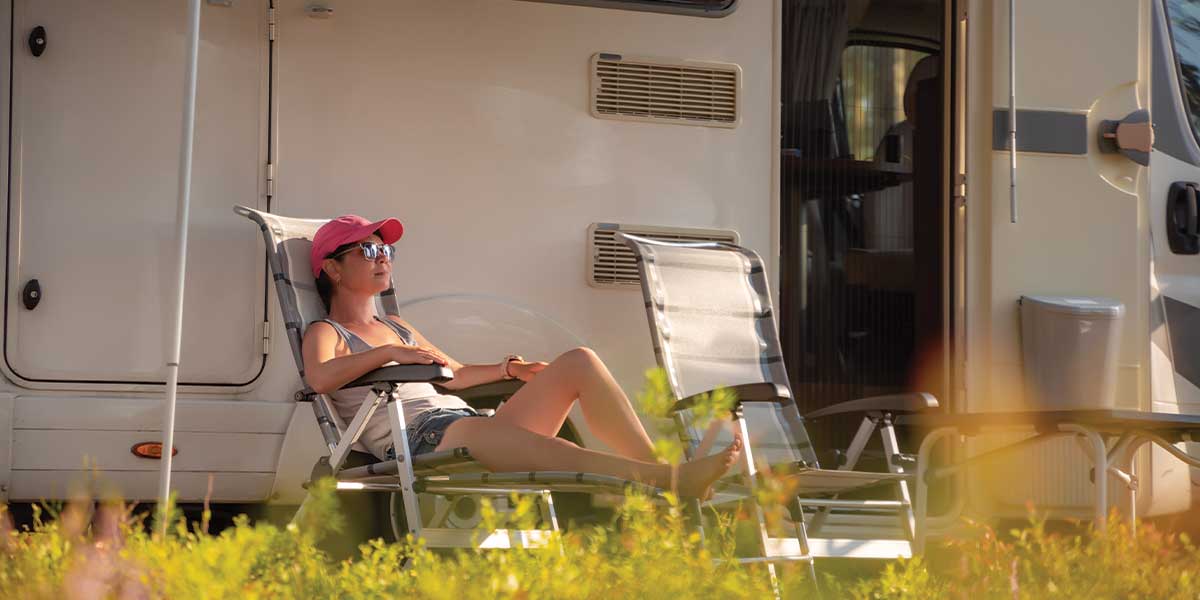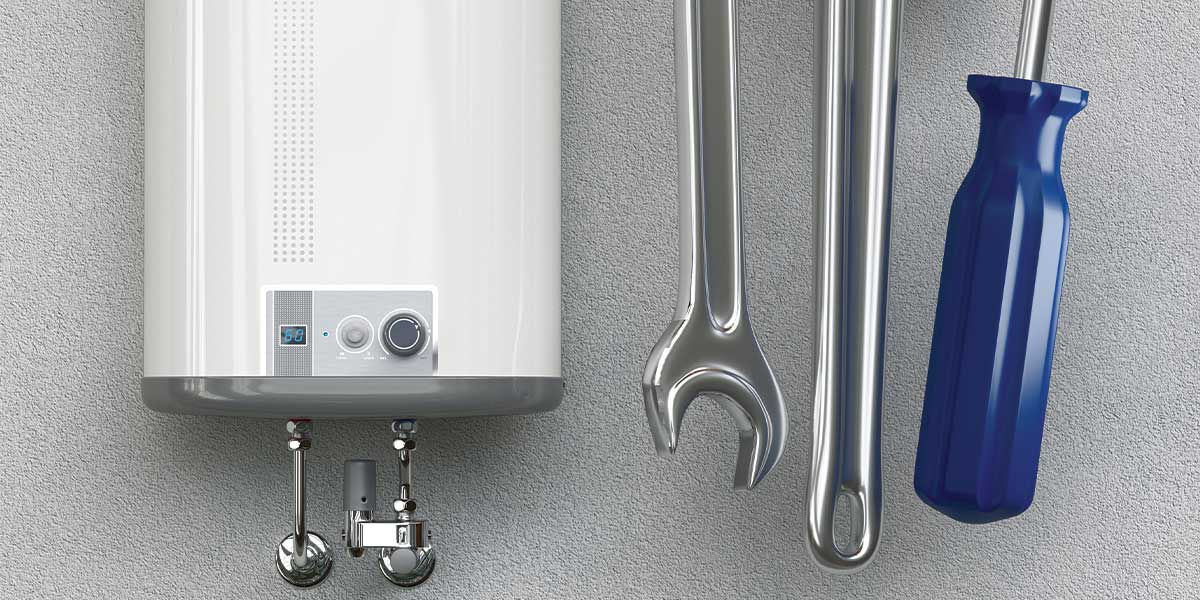Homeowners often ask: How to install an electric water heater in a mobile home? The short answer: Both an electrician and a plumber are needed. Plumbing work involves water connections, T&P valve installation, and sometimes venting or mounting brackets. Electrical work requires a dedicated 240 V circuit, appropriate wiring, grounding, and adherence to the National Electrical Code (NEC) guidelines. At Expert Electric, we handle both sides in compliance with local codes and HUD standards for manufactured housing.
Why Choose an Electric Water Heater in a Mobile Home
Electric water heaters are widely chosen for mobile homes because they:
- Require no gas line, thus no carbon monoxide concerns
- Are compact, ideal for limited space
- Are safer and easier to maintain than gas models, especially when installed correctly in mobile homes, according to trusted sources like AirConDLounge.
- Often meet HUD approval if labeled for mobile home use
Pre‑Installation Checklist
Before installation:
- Confirm HUD approval – Mobile-home rated models are required per HUD 24 CFR Part 3280 standards
- Check local / municipal codes – Many require permits, licensed tradespeople, strata approval, and adherence to the NEC and plumbing code
- Electrical system evaluation – Ensure your panel can support the new dedicated 240‑volt circuit; many units draw 30 A or more, often requiring armored or metal‑clad cable in mobile homes
- Space and ventilation – Provide required clearance and ensure install area is dry, level, ventilated, and allows future servicing. A drain pan under the heater is often required in bedrooms or upper floors. Ensure the install location is dry, level, and properly ventilated, in accordance with water heater installation code requirements, especially in mobile or manufactured homes.
- Drip pan and seismic straps – Place a catch pan with drain, and install straps to meet seismic code requirements if applicable

Step‑by‑Step: Installing an Electric Water Heater in a Mobile Home
Part 1: Removing the Old Heater
- Shut off power at the breaker and verify with a voltage tester
- Turn off the cold‑water supply
- Drain tank completely via the drain valve
- Remove TPR (temperature & pressure) valve discharge pipe
- Disconnect water lines
- Uninstall and remove the old heater
Part 2: Preparing
- Place a drip pan beneath the new heater if required
- Position the new water heater level and securely
- Attach seismic straps (top and bottom third) if in a seismic zone
Part 3: Plumbing Connections
- Install a temperature and pressure relief (TPR) valve per manufacturer instructions
- Connect discharge pipe: must run to a floor drain or outside, slope downward, and terminate 2–6″ above the floor, never threaded, never shared
- Attach water supply lines: use properly sized fittings (often flexible hoses) and insulate to reduce heat loss
Part 4: Electrical Hookup
- A dedicated 240 V circuit is mandatory, sized at 120 % of unit amperage (most use 30 A with 10‑2 NM cable or armored cable)
- All wiring must conform to the NEC and manufacturer specs
- Inside the water heater’s junction box, connect black to black, white (re‑marked as hot) to red or white lead, and connect ground wire to the green screw or ground lead
- In many mobile home installations, bonding jumpers between hot and cold water pipes may be required for proper grounding and corrosion protection
Part 5: Filling & Testing
- Remove aerator from nearest faucet
- Open the hot‑water faucet and slowly fill the tank
- When water runs steadily, let run for 3 minutes to purge air
- Close faucet, reinstall aerator, then restore power
- Set thermostat to recommended setting (typically 120 °F or manufacturer’s guidance)
- Monitor plumbing lines hourly initially for leaks or signs of high pressure
FAQs
Q: Can I DIY install an electric water heater in a mobile home?
A: DIY is not recommended. Mobile home installations must follow HUD standards, NEC codes, and local building/plumbing regulations. Permits, bonding, proper wiring, and safe TPR installation require licensed professionals.
Q: Do I need a permit or inspection?
Yes. Most municipalities require a permit and inspection for electric water heater replacement or installation, and both a licensed plumber and electrician are typically mandated.
Q: How much does installation typically cost?
Costs vary by region and complexity. A mobile-home rated electric heater with professional installation can range from CAD $1 200 to $2 500 or more. Ask for quotes including permits, wiring, bonding, and plumbing adjustments.
Q: How often should the water heater be maintained?
- Drain and flush the tank annually
- Check and replace the anode rod every 3–5 years
- Test the TPR valve annually to ensure reliable operation
Q: Is a tankless electric heater an option?
Tankless units are available for mobile homes but are less common and often require significant electrical upgrades (multiple high‑amp breakers, possibly 200 A service). Ensure the model is HUD‑approved.
Final Thought
Installing an electric water heater in a mobile home is a detailed process demanding strict compliance with HUD and local codes, precision plumbing, and electrical expertise. At Expert Electric, we ensure:
- Use of HUD‑approved electric heaters
- Licensed electrician and plumber coordination
- Full adherence to NEC and plumbing installation standards
- Safe and reliable long‑term performance
Whether you’re upgrading or replacing an existing unit, professional service ensures safety, functionality, and peace of mind.
Contact Section
Thinking about how to install an electric water heater in a mobile home? We’re here to help.
Hot water safety and reliability are our guarantee.
Call us today: 604‑681‑8338
Email us: info@expertelectric.ca


